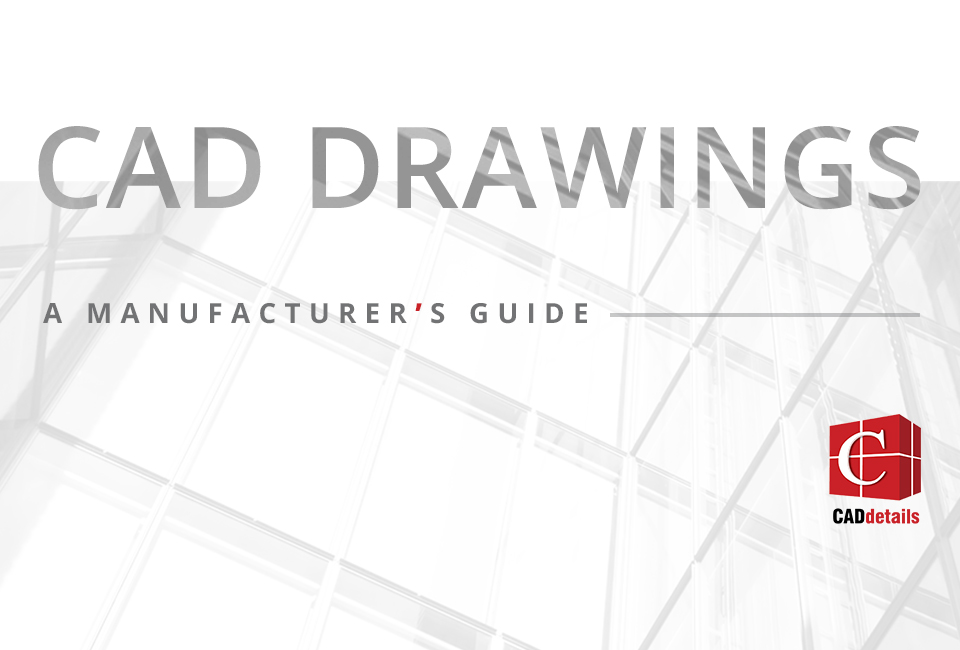Building product manufacturers have a range of options when it comes to providing usable design product content to the architecture, engineering, and construction community. Among their options, 2D CAD drawings remain a popular choice when it comes to providing product information to design professionals.
1 - 2D drawings form the basis of construction project contracts.
Construction contracts require 2D drawings. Since 2D drawings persist as the contractual basis for project delivery, they remain a necessary part of construction projects. So long as this remains true, building product manufacturers should consider having 2D CAD drawings created for their products. This can encourage their incorporation into projects by the design team.
2 - 2D CAD is time efficient.
Often, 2D CAD drawings can be created in less time than is required for 3D models. This is because much of the time consuming elements of the BIM process (such as rendering) are not part of the process for creating 2D CAD. Technicians experienced in CAD and software productivity tools can realize a dramatic time savings. For building product manufacturers, they can realize a savings in cost and potentially turn around time if they choose 2D CAD over 3D models. Building product manufacturers, however, should consider having both 2D and 3D models available as this improves accessibility of the design information to more firms, and throughout the design process.
3 - 2D CAD drawings can be created from minimal information.
Sometimes the only available information on a product are the dimensions. Accurate 2D CAD can be created from just this information. For a building product manufacturer, this can save time in obtaining and relaying information.
4 - Portability allows for on-site use of CAD drawings.
Electronic devices are not always ideal on construction sites. 2D CAD drawings provide a visual reference that can be easily distributed on-site. Modifications can be made to the drawings right on site. This is another reason 2D CAD will remain part of the design process for some time, and why 2D CAD remains a valuable tool for the building product manufacturer.
5 - CAD drawings are useful for projects that are simple or complex.
For simple projects, 2D CAD is often preferred. Many designers are fluent in the technology and 2D CAD drawings are simple to implement. CAD software also includes tools useful for a variety of projects and design needs.
6 - Smaller projects often use 2D CAD.
Small design teams continue to rely on CAD. Drawings do not require more information than is needed to complete the project. The steep learning curve required for many 3D programs is not a barrier with 2D CAD projects, allowing small design teams more flexibility.
7 - CAD drawings communicate vital project information.
The layout of a building, building dimensions, and the location of services such as HVAC systems and electricity can all be effectively communicated in 2D CAD drawings. Making such vital information easily accessible on-site to all team members improves communication.
While the world of 3D BIM continues to innovate and create new ways of designing and building, 2D CAD remains a vital part of the construction process. If you are a building product manufacturer interested in discussing having 2D CAD created for your products, please contact us through our CAD page for manufacturers.


